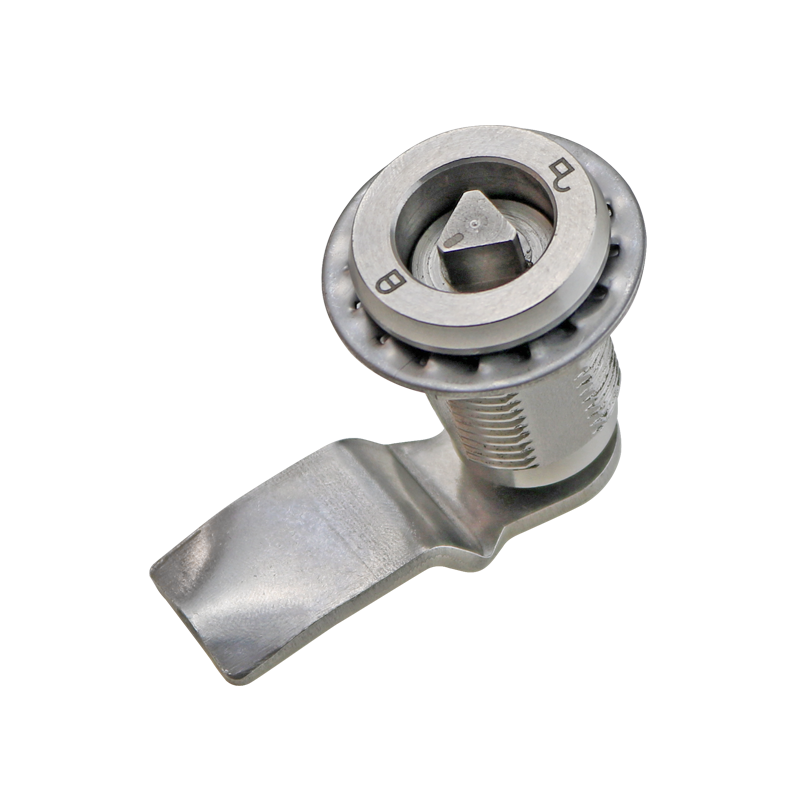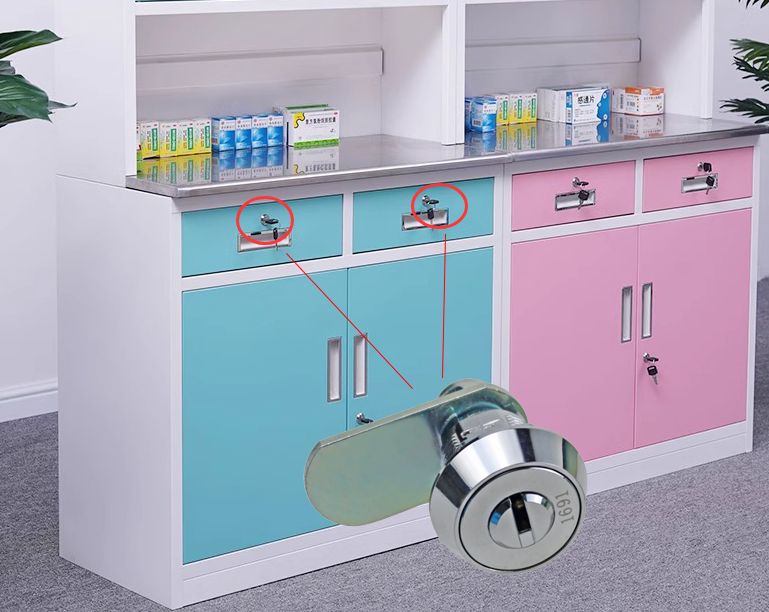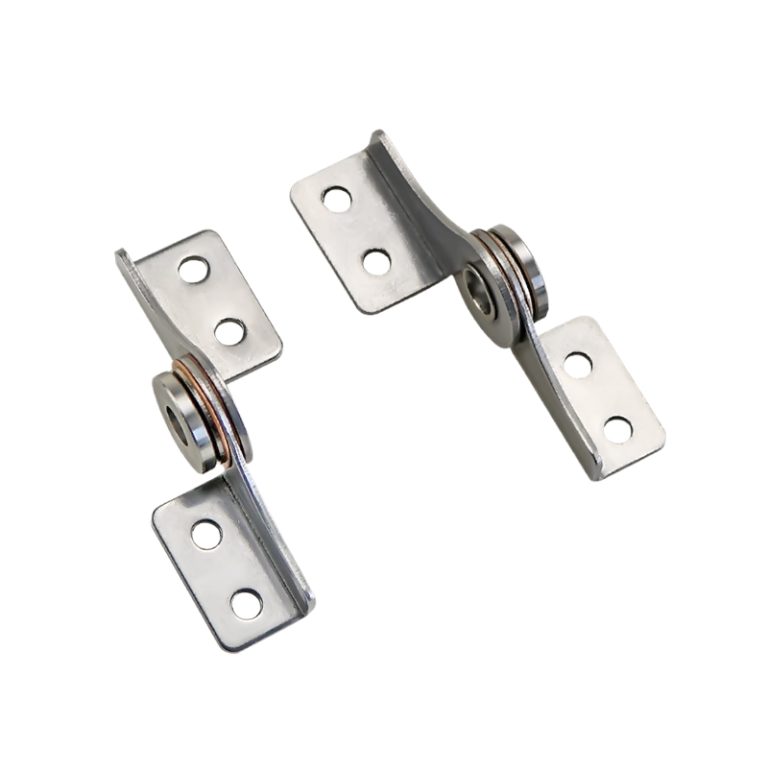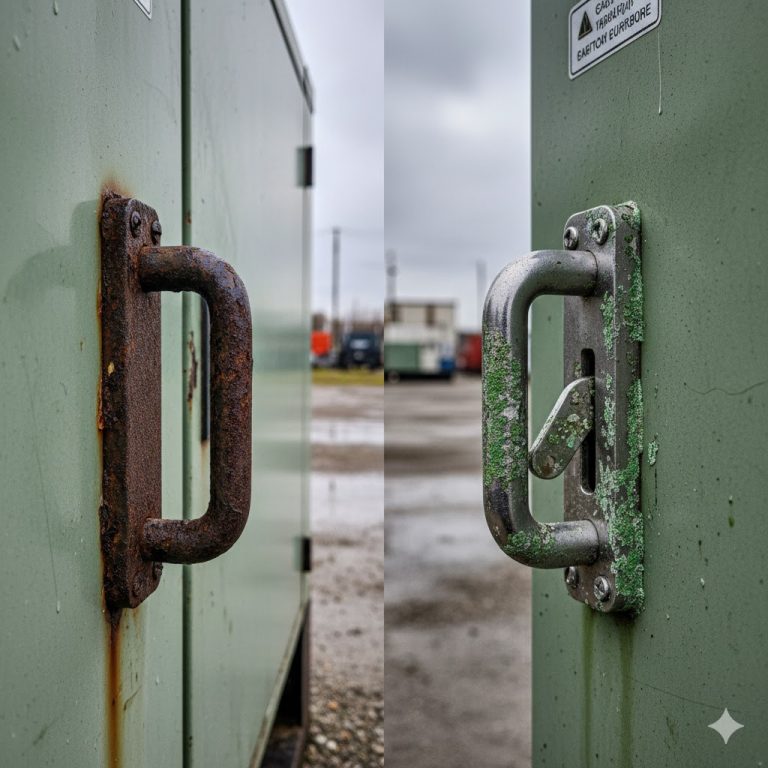HTAN is one of the leading manufacturers of industrial hinges, handles and latches in China.
-
+86 13720060320
-
julius@haitangs.com

How to Choose the Right Cam Latch: Expert Tips and Buying Guide

Cam Latch is a mechanical locking device, commonly found in furniture and industrial equipment, which is quickly locked and released by rotating the handle.
It is mainly used in cabinets, drawers, doors and windows, with both fixing and decorative functions.
Basic knowledge of Cam Latch
Working Principle of Cam Latch
The core of Cam Latch is the cam structure.
When the handle is rotated, the cam pushes the latch to move, thus clamping or releasing the fixed object.
This design enables fast opening and closing while providing reliable locking force.
For example, when a cabinet door is closed, rotating the handle allows the cam to press against the door frame to prevent accidental opening.
Common Application Scenarios
Industrial equipment: sealing protection for control boxes and distribution cabinets.

Vehicles: safety locking of truck compartments, toolboxes.

Furniture: frequent opening and closing needs of medical cabinets, laboratory drawers.

Outdoor equipment: communication cabinets, transportation facilities of wind and rain design.

Main types of Cam Latch
Categorized by material
- Stainless steel Cam Latch: corrosion resistant, suitable for outdoor or humid environment.
- Zinc alloy Cam Latch: cost-effective, suitable for general indoor scenes.
- Plastic Cam Latch: light weight, suitable for low load requirements (e.g. small electronic devices).
Categorized by locking method
- Single point lock: simple structure, low cost.
- Multi-point locking: more uniform locking, suitable for heavy-duty door panels.
Categorized by mounting method
- Surface mounting: directly fixed on the outside of the panel, easy to operate.
- Embedded: hidden design, tidier appearance.
Key Factors for Purchasing Cam Latch
Define the application requirements
Use environment
Zinc alloy or plastic Cam Latch can be used in indoor environments.
Outdoor or high humidity environment (such as ships, chemical equipment) need to choose stainless steel.
Load Requirements
- Light (<50 kg): plastic or small metal Cam Latch.
- Heavy duty (>100 kg): stainless steel multi-point lock model.
Material Selection
| Material | Applicable Scenarios | Advantages | Disadvantages |
|---|---|---|---|
| Stainless steel | Highly corrosive, high humidity environments (ships, outdoor equipment) | Corrosion resistant, high strength | Higher cost |
| Zinc alloy | General industrial equipment | Cost-effective, easy to process, medium corrosion resistance | – |
| Aluminum alloy | Lightweight requirements (aerospace, electronic equipment) | Lightweight, oxidation resistance | Low strength |
| Engineering plastics | Insulation, light duty scenarios (medical equipment, laboratories) | Insulation, anti-static, low cost | Poor resistance to high temperature/high pressure |
Dimensions and Compatibility
Measure the thickness and hole diameter of the mounting panel to avoid being unable to install it after purchase.
Check whether the latch stroke length matches the door frame gap. For example, long stroke Cam Latch needs to be selected when the door gap is wide.
Security
For high security scenarios (e.g. data center cabinet), Cam Latch with key lock is preferred.
Ease of Installation(Guideline:Cam Latch Installation Guide)
Snap-on Cam Latch is suitable for quick replacement.
For recessed installation, holes need to be cut in advance, and it is recommended to consult the supplier for templates.
Brand and Certification
Recommended brands: Southco (USA), Häfele (Germany), HTAN (Chinese professional lock brand).
Check the certification: ISO 9001 (quality management), etc.
Common Mistakes and How to Avoid
Focus only on low price
Problem: Low price Cam Latch may use inferior zinc alloy, easy to break or rust.
Solution: Compare material parameters and choose a product that has passed a salt spray test (e.g. 500 hours).
Neglecting environmental suitability
Example: A common zinc alloy Cam Latch was used in a coastal area and corroded after 3 months.
Solution: 316 stainless steel must be chosen for high salt spray environments.
Neglecting after-sales service
Suggestion: Choose a supplier that offers a 3+ year warranty and check if replacement parts are available.
Functional over-design
Example: Installing Cam Latch with fingerprint locks on office filing cabinets cost 5 times more but was not really necessary.
Suggestion: Choose the basic manual model for common scenarios.
Step-by-step Shopping Process
Demand List
Record the use of the scene, load weight, budget range.
Professional Consultation
Contact the manufacturer of Southco or HTAN, provide installation dimension drawing to get model recommendation.
Sample Test
Purchase 1–2 samples for 30 open/close tests to check for handle jamming and latch alignment.
Bulk Purchase
Contact the brand’s website or authorized dealer.
Maintenance and Use Suggestions
Regular Inspection
Every 6 months, check whether the screws of Cam Latch are loosened and whether the latch is worn out.
Cleaning and lubrication
Wipe off surface stains with a dry cloth and put 1–2 drops of lubricant (e.g. WD-40) on the rotating shaft every year.
Avoid wrong operation
Do not use tools to forcefully pry the Cam Latch in a locked condition.
Consider replacing the Cam Latch with a multi-point locking model for overloaded use.
FAQ
Q1: How do I measure the dimensions of an existing cam cam latch to ensure a perfect match with my new purchase?
A: When replacing or upgrading cam cams, users often measure incorrectly, resulting in size discrepancies.
Q2: How does the cam cam material (e.g. stainless steel, zinc alloy, plastic) affect the performance? How to choose according to the needs?
A: The durability, rust resistance and load-bearing capacity of different materials vary greatly.
Q3: When installing a new cam cam, how to judge its compatibility with the original lock? What key parameters need to be checked?
A:Users are prone to ignore the linkage of the cam with the lock body and the lock cylinder, resulting in the inability to open and close properly after installation.
Summary
Choosing the right Cam Latch requires comprehensive consideration of three major factors: material, load and environment.
For most users, it is recommended that the mid-range stainless steel models from Southco or HTAN be preferred, as these Cam Latch offer a balance between price and performance.
If you need further assistance, check with your local distributor through the websites of the brands recommended in this article, or contact an industrial equipment supplier directly for a customized solution.




-768x768-1.png)

-768x768.png)